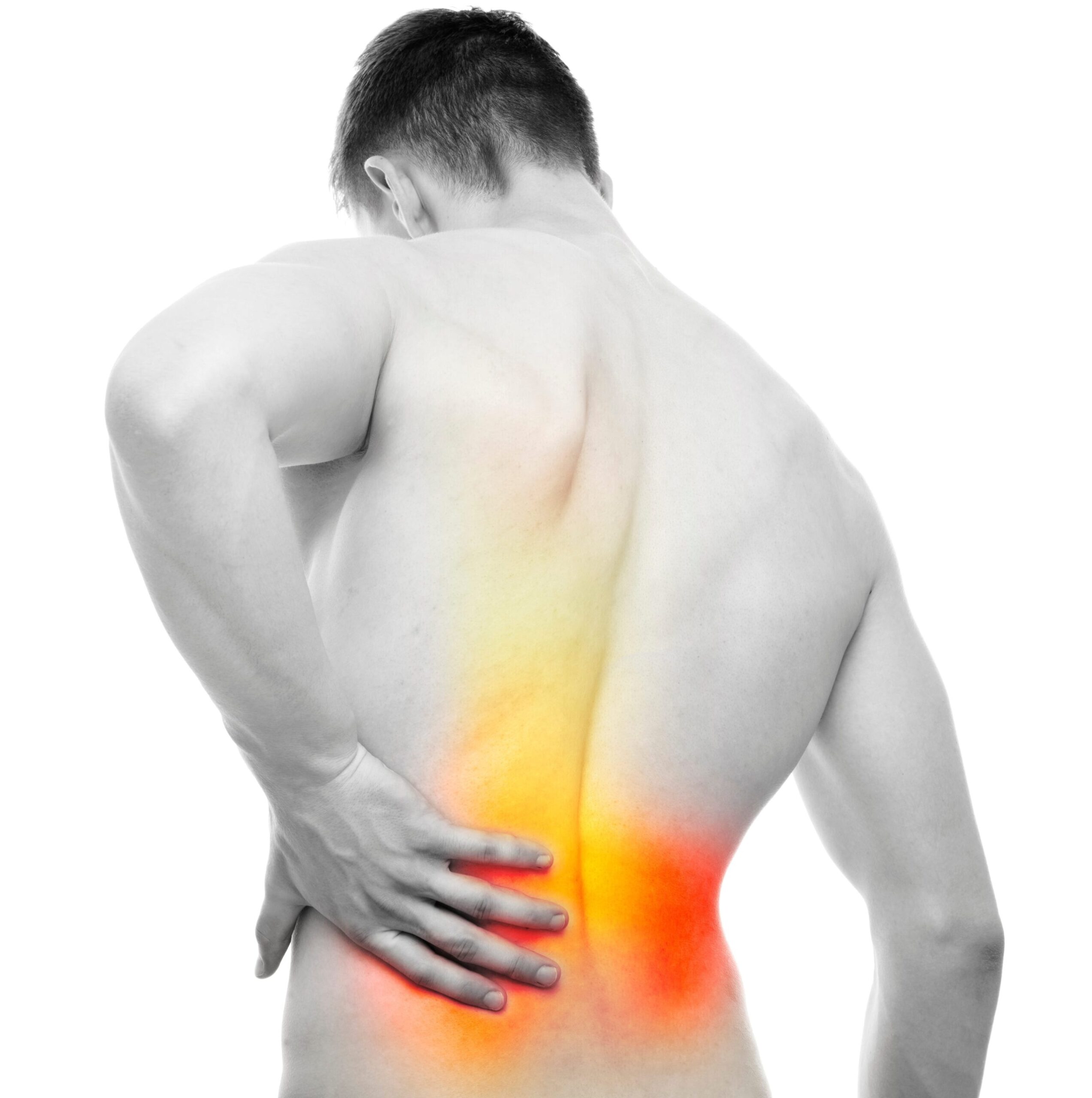
Muscle strains are a common issue, especially among elderly individuals. These strains can cause significant discomfort and impact daily activities. Muscle relaxants can be an effective solution to alleviate pain and promote healing. If you’re looking for a convenient way to manage your pain, consider the option to Soma muscle relaxant buy online. In this article, we will explore how to use muscle relaxants safely and effectively, providing tips specifically for elderly people.
Understanding Muscle Strain and Its Symptoms
Causes of Muscle Strain
Muscle strain occurs when muscle fibers are overstretched or torn, often due to physical activity, overuse, or sudden movements. As we age, our muscles become less flexible and more prone to injury. Even simple activities like lifting a heavy object or an awkward twist can lead to a muscle strain. For elderly individuals, it’s important to be mindful of physical activities and take precautions to prevent strains.
Recognizing Symptoms
The symptoms of muscle strain can vary from mild discomfort to severe pain. Common signs include muscle stiffness, swelling, bruising, and limited range of motion. In some cases, you might also feel a sudden sharp pain when the injury occurs. Identifying these symptoms early can help you seek appropriate treatment and avoid further complications.
How Muscle Relaxants Work
Mechanism of Action
Muscle relaxants work by acting on the central nervous system to reduce muscle tension and spasms. They help to relax the muscles, alleviate pain, and improve mobility. There are different types of muscle relaxants, including antispasmodics and antispastics, each working in slightly different ways. For elderly individuals, understanding how these medications work can help in choosing the right one.
Types of Muscle Relaxants
Common muscle relaxants include medications like cyclobenzaprine, methocarbamol, and carisoprodol. These medications are often prescribed for short-term use to manage acute muscle strain. It’s important to follow your doctor’s instructions and not to use these medications for extended periods without medical supervision, as they can have side effects and potential for dependency.
Tips for Safe and Effective Use
Consulting Your Doctor
Before starting any muscle relaxant, it’s crucial to consult your doctor. They can assess your specific condition, medical history, and any potential interactions with other medications you might be taking. Elderly individuals are often on multiple medications, and your doctor can help ensure that the muscle relaxant is safe and appropriate for you.
Following the Prescription
Once prescribed, it’s essential to follow the dosage and duration recommended by your doctor. Taking too much or using the medication for longer than prescribed can increase the risk of side effects. Muscle relaxants are typically used for short-term relief, and your doctor may suggest additional treatments or therapies to complement the medication.
Managing Side Effects
Common Side Effects
Like all medications, muscle relaxants can have side effects. Common side effects include drowsiness, dizziness, dry mouth, and fatigue. These side effects can be more pronounced in elderly individuals, affecting their ability to perform daily activities safely. Being aware of these potential issues can help you manage them effectively.
Minimizing Risks
To minimize the risks of side effects, avoid activities that require alertness, such as driving or operating machinery, while taking muscle relaxants. It’s also important to stay hydrated, as some medications can cause dry mouth. If you experience severe side effects or allergic reactions, seek medical attention immediately.
Complementary Treatments
Physical Therapy
In addition to medication, physical therapy can play a significant role in recovery from muscle strain. A physical therapist can guide you through exercises to strengthen the affected muscle, improve flexibility, and prevent future injuries. For elderly individuals, tailored physical therapy programs can address specific needs and limitations.
Rest and Ice
Rest is crucial for healing muscle strain. Avoid activities that can exacerbate the injury and allow your muscles to recover. Applying ice to the affected area can help reduce swelling and pain. Use an ice pack wrapped in a cloth for 15-20 minutes several times a day during the initial days after the injury.
Long-Term Prevention
Regular Exercise
Engaging in regular exercise can help maintain muscle strength and flexibility, reducing the risk of future strains. Low-impact activities such as walking, swimming, and stretching exercises are particularly beneficial for elderly individuals. Always warm up before exercising and cool down afterward to prevent muscle injuries.







